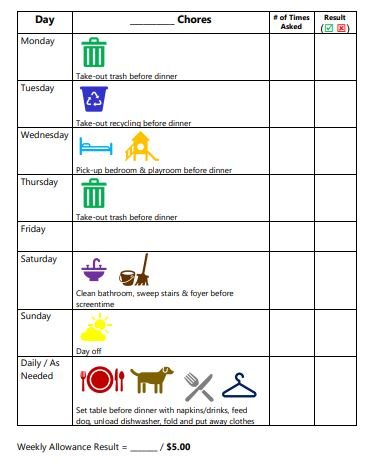How to Reduce Stress and Anxiety and Improve Wellbeing by Planning
As the new year begins, we’re all looking forward to a fresh start and new possibilities. There may be specific goals we want to accomplish, or we may strive for something broader such as increased happiness. The good news is that planning for the new year can help us meet our goals. Several studies have shown that planning can improve productivity as well as mental and physical health.
As a professional project manager, I know that planning improves productivity, as that’s the benefit I see at work. However, I was surprised to learn about the link to increased happiness and decreased anxiety. It turns out the reason is because planning ahead leads to more free time for personal hobbies and less worrying about unknown outcomes.
“Worrying is frustrated planning. The antidote to worry is action.”– Psychology Today
The less we know about something, the more worry it can cause. The benefit of planning is that it breaks down a larger task into smaller actionable steps that provide a clearer path towards completion. A well-designed plan outlines the work and makes us feel less overwhelmed because we know the steps needed to complete it. Planning gives us a sense of control and thus reduces anxiety about it.
There are even physical benefits to planning, as this SHAPE article points out. It can lead to better food choices by buying and preparing healthy foods in advance, and help you to finish your workouts by tracking fitness milestones. Planning even can help you sleep better because you worry less about getting everything done.
An interesting study by Zulily shows the benefits of planning and outlines steps to accomplish stressful tasks. According to the study, these steps include:
1) Identify What Tasks Stress You Out 😩
To get started, consider the things that cause you the most stress. For example, it could be getting to work on time, making dinner, or cleaning the house. Think through the different components of your schedule like home life, work, school, volunteering, extracurricular activities, etc. Identify which tasks in these areas are the most difficult and cause you to procrastinate.
2) Brainstorm Ways to Address the Tasks 💡
Now that you’ve identified your most challenging tasks, think about how you could tackle them. Attack larger issues by breaking them down into smaller parts. Get input by talking it through with the family. Do they have suggestions for how get these done? Could your kids help more or could you outsource some of the jobs, like grocery shopping or dinner prep?
3) Prioritize Quick Solutions 🎯
The study shows that even taking small initial steps towards an objective increases your chances of completing the entire goal. Review your list of brainstormed solutions and target the areas that need the most attention. Implement the easiest solutions first to quickly relieve some of the pressure. For example, you could start a weekly chore chart for the kids. Enjoy the win before tackling longer-term solutions.
For me, my son’s daily whiteboard of tasks was a stressor. His teacher doesn’t assign daily homework, so we didn’t need to update it every day like when he was in remote school last year. I was forgetting to list his chores for the day, and things would fall through the cracks. (For example, the trash and recycling would pile up.) I needed a solution that I could post once a week and not have to update daily. I asked my son for input, and he said that it would be helpful to include the time each task was due each day. Over the holidays I brainstormed a few formats and landed on one with icons that outlined his chores for each day of the week along with his daily tasks. I also added a results column so we could note when each chore was completed (or not) and motivate him to complete it without reminding him. We quickly implemented it and will adjust it as needed in the future.
This is an example of following the three steps above: identify the stressor, brainstorm solutions, and implement quick solutions. The goal is to just get started – it doesn’t have to be a perfect Pinterest-worthy system. I am enjoying the emotional benefits of not having to worry about the chore chart being updated daily or the trash going out! See the end of this blog for a printable version of my chore chart that you can download and includes an icon library for personalization. You can use one sheet of paper for each child in your family.
Even if you’re not a professional project manager, there’s additional good news: As the Zulily article points out, planning can be learned. By using short-term rewards and earlier deadlines, even procrastinators in the study were motivated to plan. They realized the emotional benefits of getting the work done in advance, feeling accomplished and less stressed. This encouraged more planning in the future. So, set early deadlines and reward yourself after completing small milestones to move in a planful direction.
I’d be happy to provide more support for your planning journey, as there are numerous physical, mental, and emotional benefits. And remember, planning is a skill that can be learned. For more planning tools, you can check out my book, Project Management for Parents that clearly explains and simplifies professional project management techniques that you can apply at home. I’ve also written other blog posts on how to build teamwork at home and top tips to help project manage your family. I wish you health and happiness in the New Year!
Hilary Kinney is the author of Project Management for Parents, a forthcoming book that provides resources for busy parents to streamline life at home. She is a certified Professional Project Manager with 17 years of experience at a Fortune 500 company.

